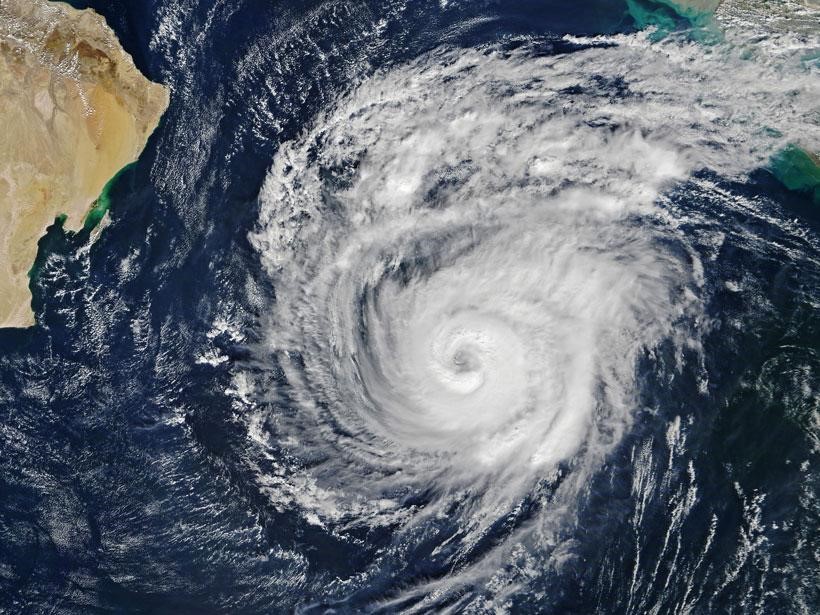Climate Change to Intensify Cyclones, Threaten Ecosystems
Climate Change to Intensify Cyclones, Threaten Ecosystems
Why in the News ?
A recent study warns that under the SSP5-8.5 climate scenario, global warming will make tropical cyclones more intense and frequent, expanding their reach to new regions and severely endangering ecosystems like mangroves worldwide by 2100. This highlights the urgent need for climate change adaptation strategies to protect biodiversity and ecosystem services.
Cyclone Intensification and Geographic Shift
- Tropical cyclones, among Earth’s most powerful storms, will become more destructive due to climate change impacts on biodiversity.
- The study by ETH Zurich used the SSP5-8.5 scenario, representing high fossil fuel use and increased radiative forcing (8.5 W/m²).
- Models predict cyclones will occur in new areas, shifting their belts poleward, exposing unadapted ecosystems to threats, including coral reefs and tropical forests.
- Recovery times between storms will shrink, especially in resilient ecoregions, heightening vulnerability and impacting ecosystem functioning and services.
Impact on Mangroves and Coastal Ecosystems
- Mangrove forests, vital for coastal protection, carbon storage, and biodiversity, face grave risks from climate change impacts.
- Up to 56% of global mangroves could be at high to severe risk by 2100 under SSP5-8.5, with Southeast Asia being the hardest hit (52-78%).
- Even under the milder SSP3-7.0 scenario, 97% of Southeast Asian mangroves are highly threatened.
- The loss of mangroves endangers their ecosystem services, including carbon sequestration and coastal erosion control, affecting both marine ecosystems and human health.
- Climate change effects on wildlife extend beyond mangroves, impacting coral reefs and other coastal habitats crucial for biodiversity and ecosystem services.
Research Methods and Policy Implications
- Researchers used CLIMADA risk modelling and STORM datasets to simulate cyclone patterns and ecosystem responses from 1980 to 2050.
- Ecoregions classified as resilient, dependent, or vulnerable helped assess ecosystem risks and potential habitat loss.
- Authors stress integrating long-term recovery times into risk assessments and adaptive conservation planning.
- The study highlights urgent need for reducing fossil fuel dependence and honoring the Paris Agreement to mitigate these escalating threats to biodiversity and ecosystem resilience.
- Climate change impacts on biodiversity extend beyond cyclones, including sea level rise, changes in precipitation patterns, and extreme weather events, all of which affect ecosystem services and agricultural productivity in tropical forests and other biomes.




